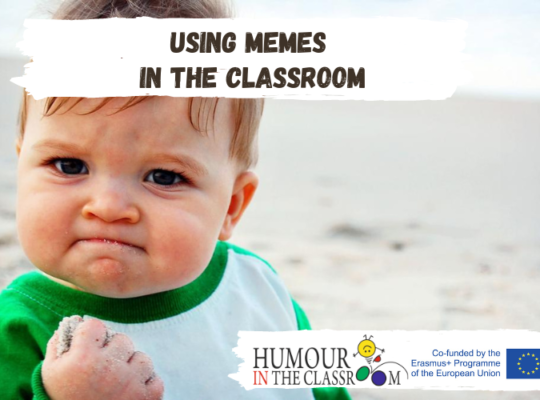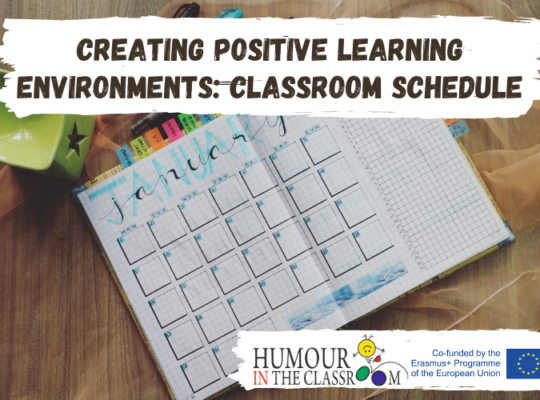Teaching is about forming relationships and making and strengthening human connections. An examination of over 800 meta-analyses on the factors impacting achievement in school-aged students revealed that constructive student-teacher relationships have a large and positive impact on students’ academic success. In fact, the strength of the student-teacher relationships has a greater impact on student success than socioeconomic status. This is an important consideration because educators convey many hidden messages that relate to the kind of atmosphere they wish to foster in their classroom. Through their body language and overall manner in which they address their students, they set the stage for teaching and learning.
Laughter is part of a universal language of basic emotions that all humans share. In fact, basic emotions, such as amusement, anger, fear, and sadness, are shared by all humans. When people share laughter, there is a special connection between them. By creating positive emotional and social connections, using humor may lower defenses and establish rapport, and students may be better able to focus and attend to the information being presented. In fact, Pollio and Humphreys reported that the social connection created between the teacher and the student was key to effective teaching. This may be especially useful when teaching subjects that are perceived by students to be difficult and therefore anxiety provoking. Thus, when used effectively, classroom humor is documented to build relationships and increase performance. Specifically, based on student evaluations of the course and the instructor, humor has been shown to create stronger bonds between student and teacher and a more positive environment, promoting an enhanced learning atmosphere.
Humor also serves as a coping mechanism, and it has been reported that people who see the amusing side of problems are more capable of coping with stress. As an example, when students have a higher predisposition to communicate humor, they cope better with stressful situations. Thus using humor in the classroom as a coping mechanism may allow students to deal with stress and be better equipped to focus and stay motivated, which will ultimately lead to a greater overall educational experience.
As noted above, the use of humor correlates positively with student evaluations. Specifically, Bryant and colleagues have shown that teachers received higher evaluations and were seen as having better delivery and more effective when they used humor. It is also well documented that one of the most desirable qualities students wish instructors to provide is a sense of humor. Taken together, student evaluations of the course and the instructor provide strong evidence that humor is an effective tool to build student-teacher bonds and improve the overall classroom environment.
When using humor, it is important to use humor that is appropriate and not disparaging toward others. Rather than looking for people or issues to make fun of, teachers should make fun of themselves! Self-effacing humor illustrates to students that the teacher is comfortable making mistakes and sharing these experiences with the classroom. However, it is important to remember that it is never appropriate to make fun of people in an offensive or diminishing way or address sensitive issues such as race, sex/gender, or religion (38). Furthermore, sometimes attempts at comedy can be disruptive. For example, students may still be pondering jokes that they don’t understand after the teacher has moved on; or witticisms may be so funny that students continue to discuss them after the instructor has moved on.
Source: Humor, laughter, learning, and health! A brief review






